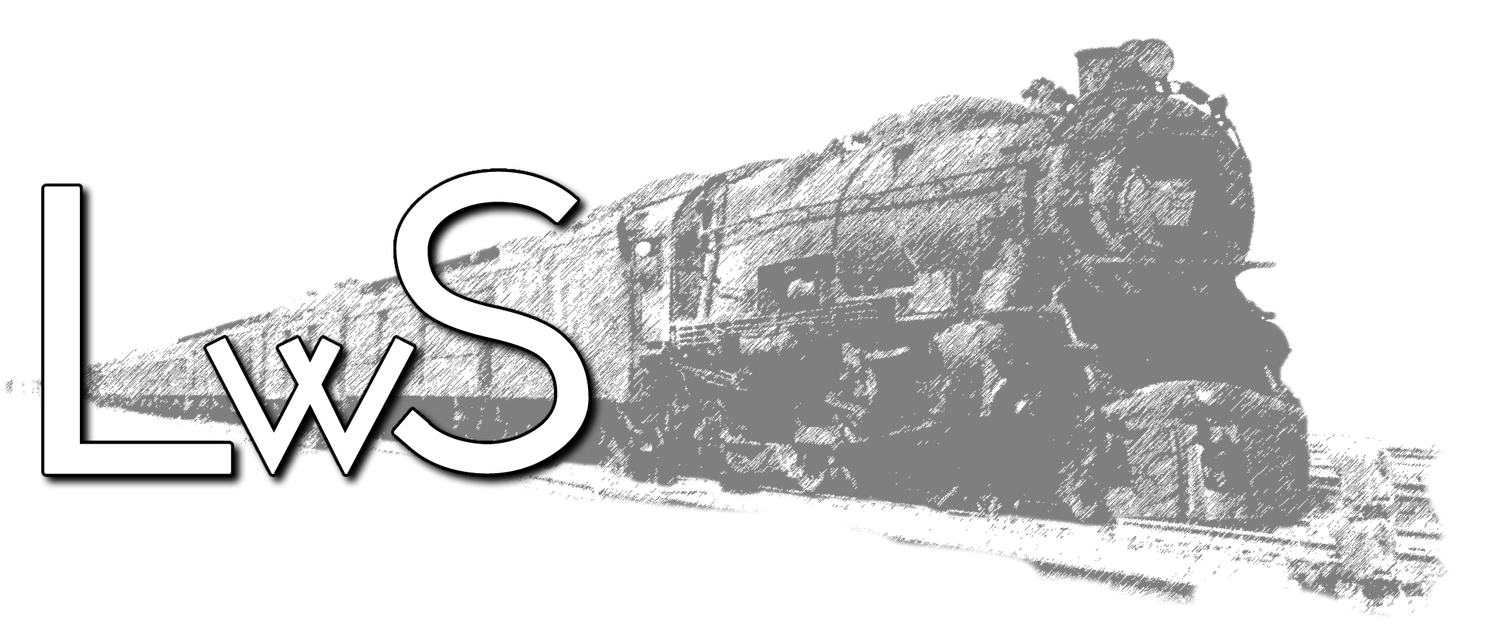LwS S1: Pilot Episode
Welcome to Living With Steam. This podcast features the sounds of railroading in Buffalo and Western New York from 1948 to 1955. The recordings featured in this program were captured in the field by John Prophet using a portable wire-recorder; a technology that many people have never heard of. Regardless of how "lo-fi" they may be, these recordings capture an element of industrial history that has long since vanished from Buffalo, NY.
Each episode contains stories about how the recordings were made in addition to how my involvement with the archiving of the wires came to be. Some historical information about Buffalo's railroad history is woven in as well.
Please note that although these recordings center around Buffalo and other locations in Western New York, if you are a lover of authentic steam engine and railroad sounds will thoroughly enjoy what you'll hear.
While the sound recordings of Buffalo and Western New York's railroad heritage are fantastic in themselves, a visual aspect is often needed to fully comprehend what you're listening to. Luckily, John Prophet took hundreds of photographs of the railroad lines and equipment that are featured in each of his recordings.
Even though many of John's photographs are of the same type of steam engine featured in his sound recordings (or at the same location), they were not captured at the same time. John NEVER took photographs while he was capturing sound since the Webster-Chicago wire recorder he used was somewhat difficult for him to control in order to get excellent recordings. According to John, he would have loved to have three hands in order to make the sound recordings to his liking. He told me that he was amazed that he recording anything because of how difficult it was to use the wire-recorder the way HE wanted to; that is, out in the field recording trains.
While every attempt to show a photograph of the railroad equipment that John made a recording of will be made, there simply isn't a complete photographic database of every engine and every train at every location. In cases where John's photographs aren't able to give a visual to a specific recording, photographs from other sources will be used. Likewise, if John's recordings showcase a very specific steam engine, and a photograph can not be found of THAT engine, a substitute of the same type/class of engine wil
This being the first episode of Living With Steam, a back-story was needed to put the listener into the context of how and why this podcast came about. Each episode will feature a bit of the story of my relationship with John Prophet, and how his recordings are now available at such a later point in the timeline.
Even though the railroad recordings John made are the reason the podcast exists, the stories behind the recordings are, in my opinion, equally important. Simply taking the recordings and putting them on a CD or into a podcast does no justice to the man who took the time to make them. Most unusual, as we listen to these recordings, it’s important to realize that John thought they were worthless to everyone else but him and his close circle of railfan friends.
Below is John's Webster-Chicago 288-1 wire recorder which he purchased in 1948. More details about how the machine worked will be conveyed in later episodes of LWS, including some of the modifications made in order to make the unit easier to use and to copy the wires to different sources.
Below are images of the first wire that John Prophet gave me to "test" the wire recorder after I made my attempt to repair it. It's a wire John made while visiting the New York Central's Tower 49-A, located 1 mile west of Buffalo Central Terminal. You can see how thin the stainless steel wire actually is. The silk leader is shown at the head of the wire.
Splices were made by simply tying the wire in a knot!
Below is an image of the playback/record head of the Webster-Chicago wire recorder. All of their units pretty much featured the same head design. Although the specific details of how the machine actually worked will be explained in a later episode of LWS, the mechanics behind the head is what failed in John's unit and what caused him to refuse to allow the wires to be used for anything other than the occasional project. The head needs to move up and down very slowly. This motion is helped along by a spring that assists the drive system in pulling the head down. The spring had broken YEARS before I met John and he never was able to get the unit repaired.
In order for the unit to playback without damaging any wires, John would have to babysit the machine, keeping his hand on the head at all times. After the drive system would raise it up, he would have to slowly push it back down. If he didn't do this, the wire would collect in one spot on the take-up reel and jam or snarl-up. Impossible to untangle.
END









